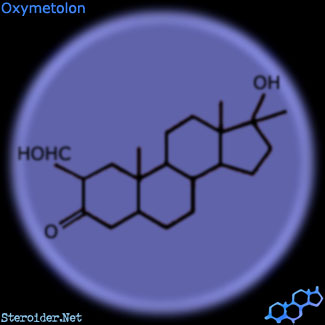A team of scientists from the University of Georgia and two other European universities have synthesized and characterized, for the first time, an elusive parent compound of a very important family of substances

A team of scientists from the University of Georgia in the USA and two European universities synthesized and characterized, for the first time, an elusive parent compound of a very important family of substances.
The discovery, recently reported in the journal Nature, is related to the capture of the substance carbene-hydroxymethylene (HCOH) in an argon matrix at a temperature higher than absolute zero by only eleven degrees. In this situation, the researchers observed the change of the material within a few hours to formaldehyde in a process similar to the radioactive decay of the atomic nucleus. Although chemists have predicted for several years that the substance should be isolated,
This is the first time this has been proven in practice. This achievement provides a better understanding of the behavior of a family of compounds most important to organic and organometallic chemistry. "We were able to demonstrate, for the first time, a perfect match between experimental observations and theoretical predictions for this particular compound," explains chemist Wesley Allen, "and this method could also be useful for other elusive compounds."
While the isolation of the compound itself is important, the team's unexpected discovery that the carbene compound decays to the formaldehyde compound close to absolute zero through "quantum tunneling", one of the most mysterious aspects of quantum theory, was also interesting. In quantum tunneling, a particle passes through a barrier that under normal conditions is impassable. "This type of tunneling occurs frequently with electrons due to their light weight," says the researcher, "but for this to occur for heavier particles such as hydrogen atoms, the barriers must be much lower. In this case, the carbene compound tunnels through an extremely high barrier, perhaps the most fascinating example of such a process in chemistry."
The reason the team looked at this particular compound lies in a NASA project - scientists at the space agency wanted to know if this elusive compound existed in space, but first they needed to know what it looked like. Unfortunately, no one has been able to isolate and characterize it until the present study. The researcher and his colleagues, who are theoretical chemists - who study chemistry through advanced calculations based on the laws of physics - now say that the presence of this compound in space is completely improbable. "One of the most rewarding parts of our research is the fact that we were able to make accurate predictions for the material's signature even before the experimental studies in the laboratory, which were conducted in Europe," says the researcher, "and therefore, for us, this proves the value of quantum chemistry in finding laboratory solutions."
While the compound's signature was predicted in advance, its ability to perform quantum tunneling was a complete surprise to all the research partners, says the lead researcher. "Researcher Peter Schreiner called me and said that the decay mechanism is tunneling, because the compound remained completely stable even when a heavy hydrogen isotope was introduced into it," Allen says. "At first I laughed at this idea, but I performed the theoretical calculations to test if this is indeed possible, and we were confident enough to state that this is the most likely mechanism. It was just amazing.”
